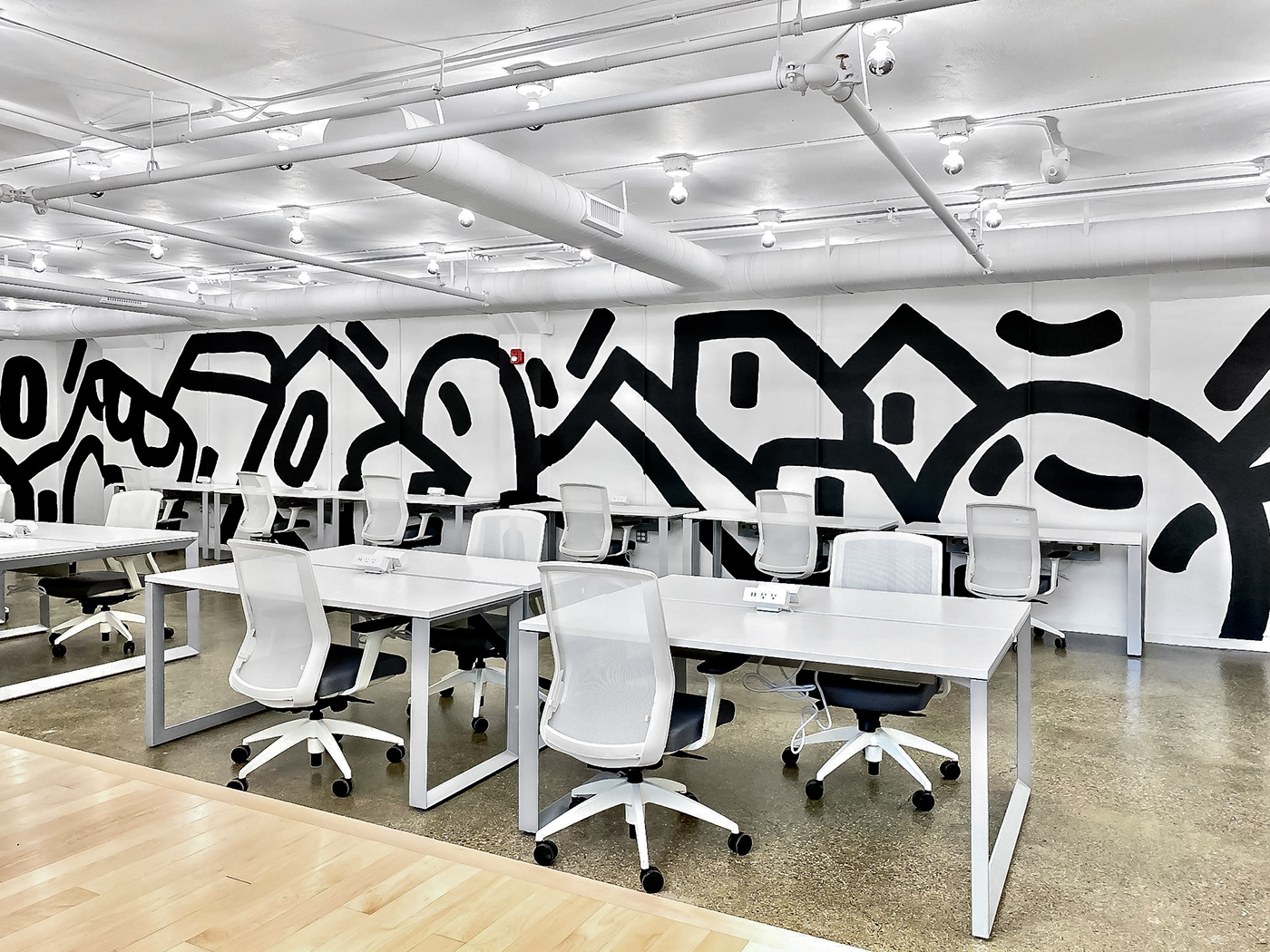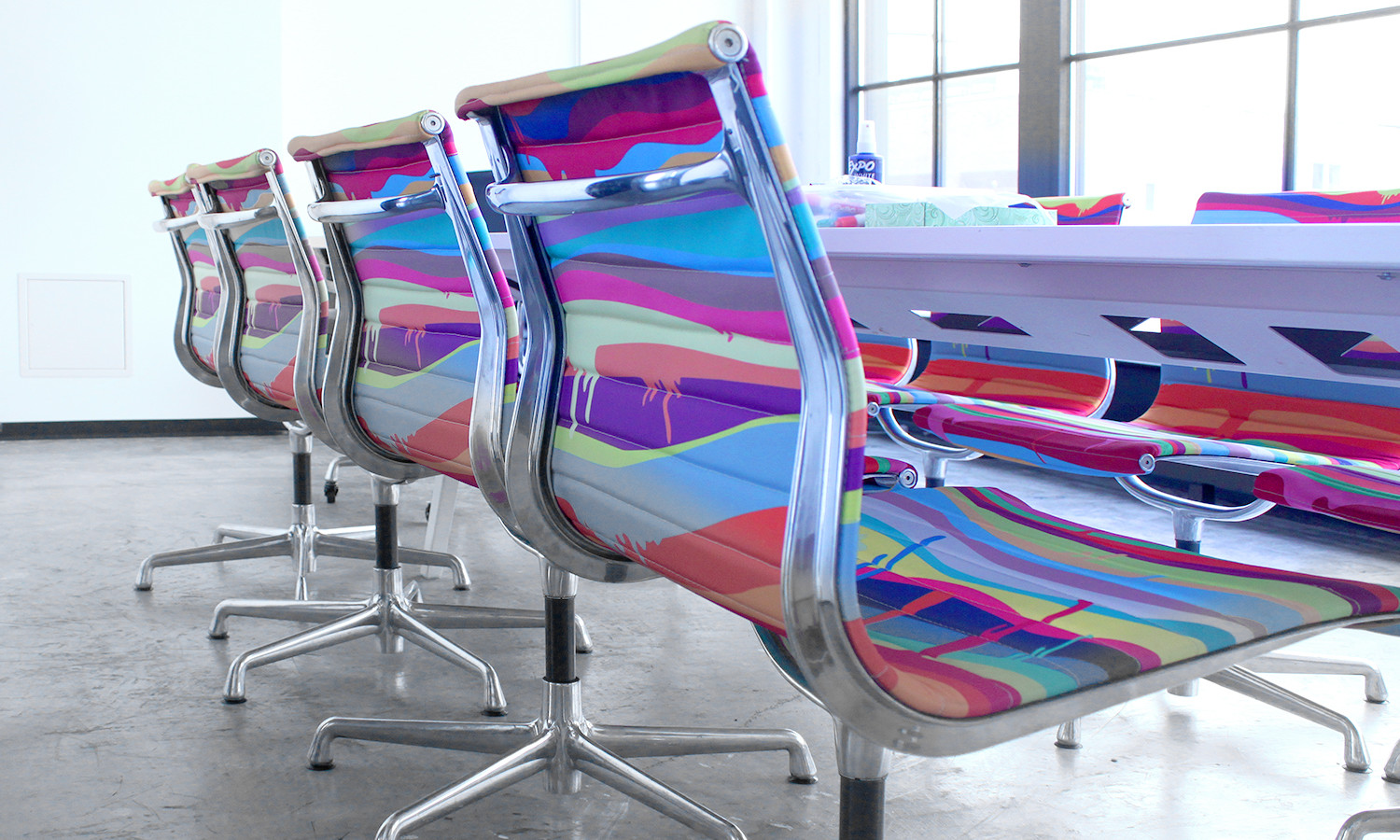With most businesses across the country focused on their respective return to work plans, more organizations are considering how much office space they will need and how that might change in the future. From what we are hearing, and after conducting our own client surveys, most employees can expect to be working in a “hybrid office environment”, which consists of working some days from home or remote and other days in a traditional office. This hybrid model that many companies are already starting to adopt is beginning to have a major impact on the office market.

Most companies realize that fewer of their employees will be coming into the office every day and it has left executives questioning the need for offices and has made them hesitant to sign or renew existing office leases. Many have considered reducing space or consolidating offices, yet there is growing concern about decreased productivity of having a dispersed and isolated workforce. There is also a lot of data demonstrating the negative impact on employee well-being that long-term remote work can have. Other common concerns include lack of collaboration and knowledge sharing, higher turnover, lack of company culture and other items that can negatively impact your bottom line.
It seems like everyone has an opinion when it comes to what the future of work might look like, but ultimately, depending on your industry, organizational structure, the type of work you do, and current corporate culture, it could look wildly different. There is no one-size-fits-all solution to workplace design – it’s all about finding the right fit for your company’s needs. Flexibility, choice, and scalability will play an important role, along with re-establishing your workforce’s relationship to the office and the workspace. As our own experience has demonstrated, you will find that your employees will engage and utilize the space much differently than they did just over a year ago. Helping companies understand what the right amount and mix of space is for their unique workforce is one of the most important services that the team at Rightsize Facility can provide.
More open and virtually connected collaboration spaces will start popping up, as will new ways to connect virtually. Different departments will have different needs. For instance, sales may want more access to flexible, collaboration space to meet with clients, whereas designers and IT staff may want technology-enabled conference rooms or ‘Zoom Rooms’ where they can virtually collaborate with their colleagues working remotely. You will also see a very deliberate and intentional commitment to sustainability and well-being incorporated to the new design strategies. As you continue to evaluate and quantify the value of your office space(s), it’s important to be aware of these differences and how your existing workspaces may need to be reconfigured accordingly.
There isn’t one specific, “Future of the Office’, ‘The New/Next Normal’ or even an ‘Office 2.0’. Each company and organization have different needs and different working environments that work for their team members. What history and our own experience are demonstrating is that even if you have the technology, infrastructure, and processes in place, it does not necessarily equate to productive collaboration. We will still periodically have needs for in-person meetings with colleagues and clients. Offer your team an opportunity to review your return-to-work plan. See how they feel about it. Do they have any recommendations that you can incorporate? It is imperative for collaboration, brainstorming, establishing expectations as well as trust.

It’s the human side of work that makes it all the more imperative that we get people back together in the office environment. So, whatever approach and arrangements you take to return your staff to the workplace be sure to follow these guidelines. This will ensure you end up with a delighted, highly engaged, and high performing team anxious to return to a socially engaging work environment.
Of course, a lot of things revolve around the vaccine and vaccination numbers which vary greatly from city to city, and which also need to be taken into consideration. Is it safe to start bringing everybody back? Does your team have a large base of employees that need to take public transportation to get to the office? There are still a lot of factors to consider and as more evidence and data becomes available, decisions about future office space requirements for both occupiers and landlords/property managers will become clearer.
If you still have unanswered questions about your own return to work plans or are unsure of how much office space you may need going forward, we’re here to help. Contact the team at Rightsize Facility to setup a complimentary space consultation and together we can outline your organization’s return to a collaborative & connected workplace community.


